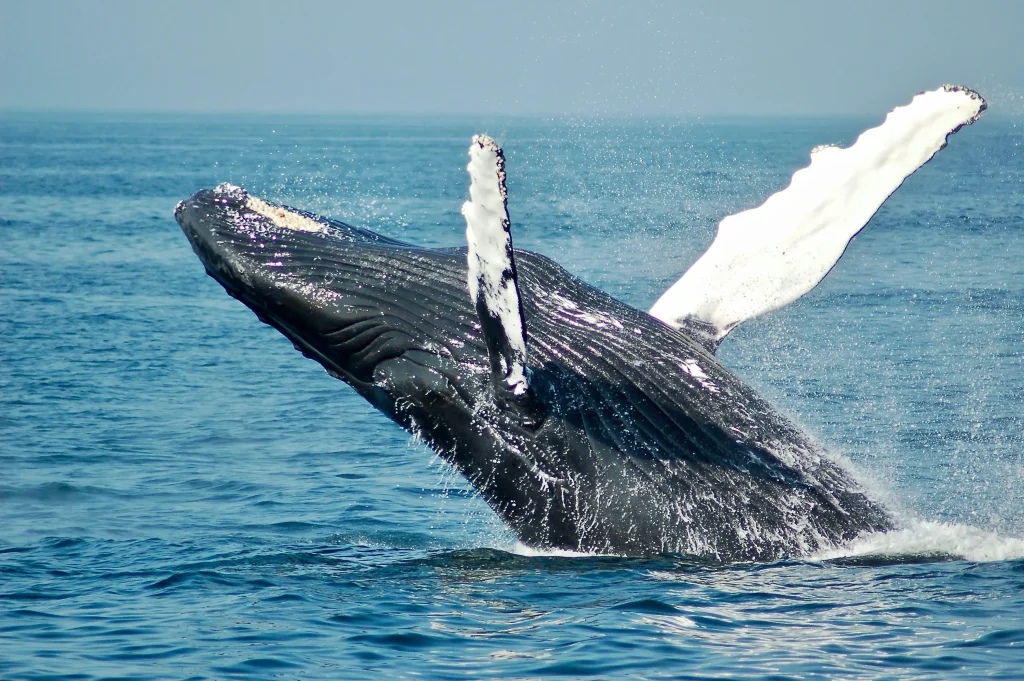Introduction: A Colossus of the Deep
The blue whale (Balaenoptera musculus) is not only the largest living animal but the largest creature to have ever existed. Growing over 100 feet long and weighing nearly 200 tons, these marine giants once roamed the oceans in great numbers. Centuries of industrial whaling drove them to the brink of extinction. While commercial hunting is now banned, blue whales still face modern threats—particularly along the U.S. West Coast.
Biology and Behavior: Giants of Grace
Blue whales are surprisingly gentle, feeding almost exclusively on krill. They can consume up to 4 tons of krill per day using baleen plates to filter massive volumes of seawater.
- Dive depth: Up to 1,600 feet
- Lung capacity: ~1,300 gallons of air
- Migration: Between feeding grounds (Alaska, California) and tropical breeding areas
- Sound: Calls reach 1,000 miles underwater—used for navigation and mating

Historical Decline and Legal Protection
More than 350,000 blue whales were killed globally before bans were introduced. Today, an estimated 10,000–25,000 remain. They’re protected by the Endangered Species Act (ESA) and the Marine Mammal Protection Act (MMPA).
New Threats in the Modern Era
- Ship Strikes: Blue Whales Blue Skies promotes vessel speed reduction off California.
- Entanglement: See what to do if you spot an entangled whale.
- Noise Pollution: Cargo ships and sonar disrupt communication.
- Climate Change: Warming seas threaten krill, the whale’s main food source.
Breaking News: The Blue Whale’s Eerie Silence
From 2015–2021, researchers at MBARI observed a 40% drop in blue whale songs off California. The suspected cause? The Blob, a marine heatwave that triggered a krill crash and forced whales into “survival mode.”
SF Chronicle coverage | NY Post

Blue Whales and Ocean Health
Blue whales help fertilize phytoplankton, which absorb CO₂ and support ocean life. Their role in the marine carbon cycle makes them critical in the fight against climate change. Read more here.
What You Can Do (U.S. Focused)
- Support: NOAA, Oceana, Blue Whales Blue Skies
- Sustainability: Choose sustainable seafood, cut plastic use
- Volunteer: Ethical whale watching, beach cleanups
Will We Hear Their Songs Again?
Silence in the Pacific is a warning. Blue whales are struggling to thrive. By supporting conservation and sustainable policy, we may hear their mighty songs once more—echoing across the oceans.


